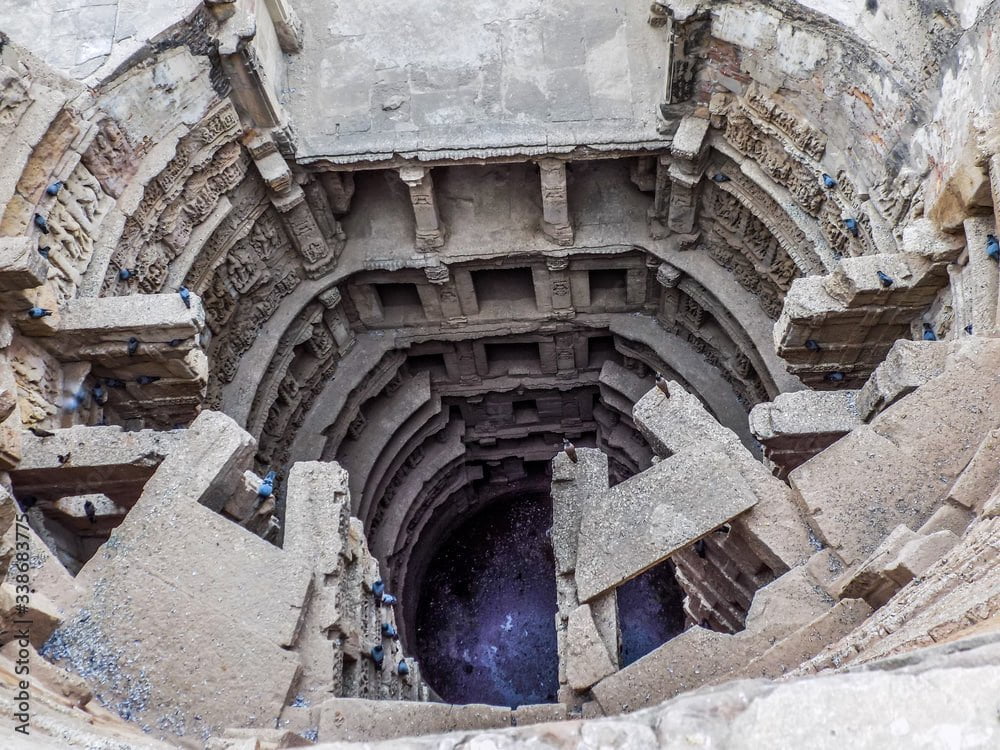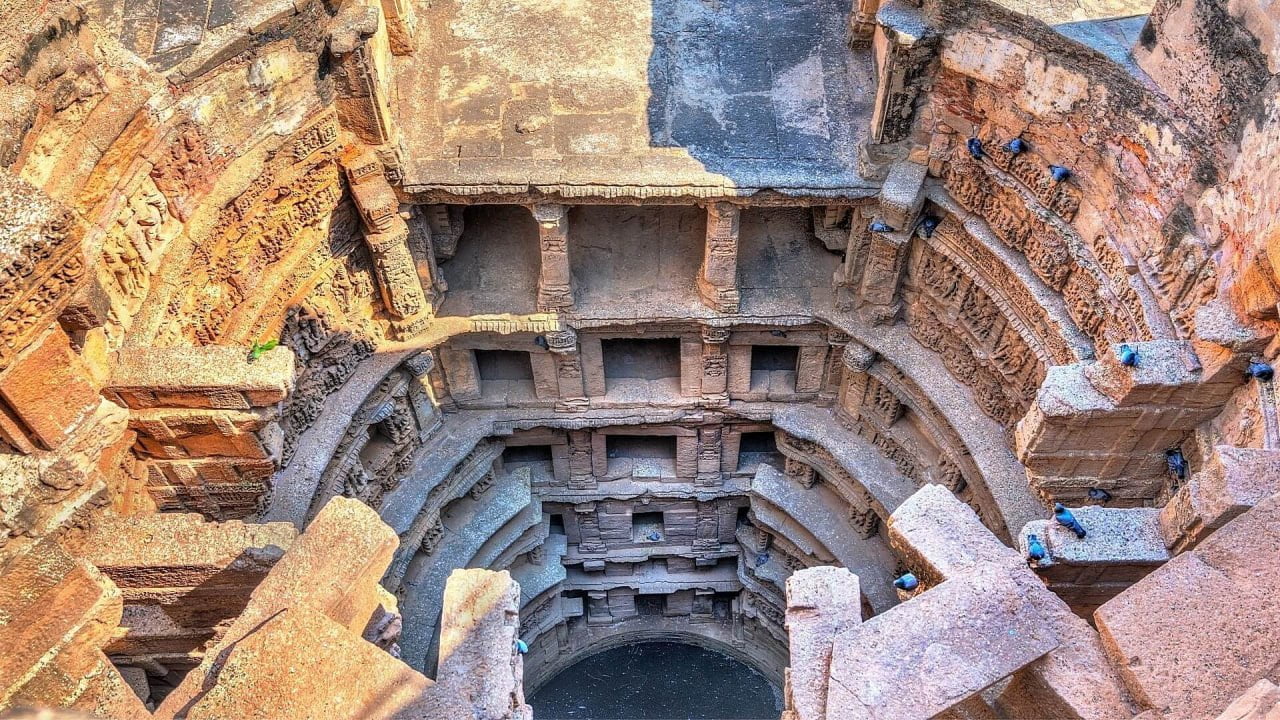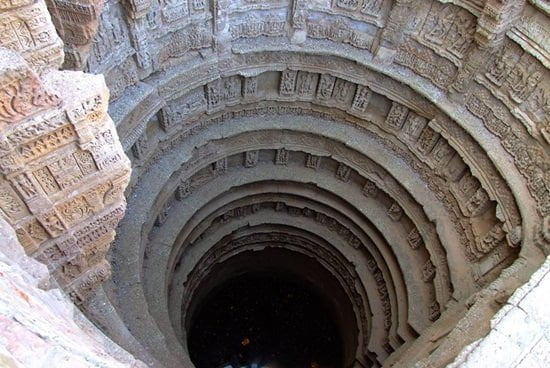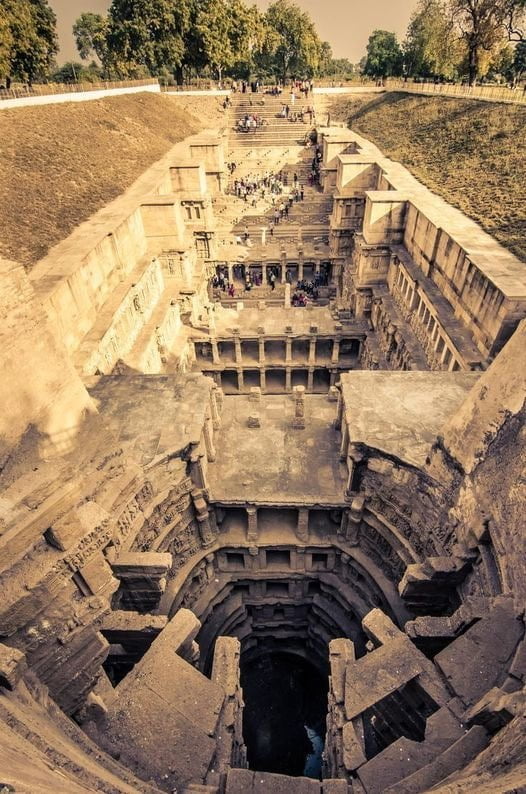Discover Rani ki Vav: India’s Historic Stepwell

Welcome to freeastroscience.com, where we delve into the wonders of ancient architecture with a focus on India’s remarkable stepwells. Today, we spotlight Rani ki Vav, a UNESCO World Heritage site in Patan, Gujarat, that showcases the zenith of Indian stepwell construction. This site exemplifies the finesse of the Maru-Gurjara architectural style and stands as a testament to the skilled artisans of the past. Join us as we explore the depths of history and artistry that Rani ki Vav embodies.

Rani ki Vav, or “The Queen’s Stepped Well,” is not just an architectural marvel but a cultural treasure situated in the vibrant city of Patan, alongside the historical Saraswati River. Constructed in the 11th century, this stepwell was commissioned by Queen Udayamati in memory of her husband, King Bhima I, a significant figure of the Chaulukya dynasty.

Submerged for centuries, Rani ki Vav was only rediscovered in the 1940s, prompting a meticulous restoration by the Archaeological Survey of India in the 1980s. The restoration efforts have breathed new life into this site, allowing it to be recognized as a UNESCO World Heritage Site in 2014.

Rani ki Vav is celebrated as one of the largest and finest examples of stepped architecture in Gujarat. Its design is characterized by seven levels of stairs adorned with extensive and intricate sculptural panels. More than 500 major sculptures and countless minor ones adorn these panels, depicting a blend of religious, secular, and symbolic imagery that captures the essence of the era.

The design of Rani ki Vav bears remarkable resemblance to the Vimalavasahi temple on Mount Abu, indicating a construction date around 1032 CE. The well extends approximately 65 meters in length, 20 meters in width, and reaches a depth of 28 meters, culminating in a deep, rectangular pool.

Rani ki Vav is celebrated as one of the largest and finest examples of stepped architecture in Gujarat. Its design is characterized by seven levels of stairs adorned with extensive and intricate sculptural panels. More than 500 major sculptures and countless minor ones adorn these panels, depicting a blend of religious, secular, and symbolic imagery that captures the essence of the era.

